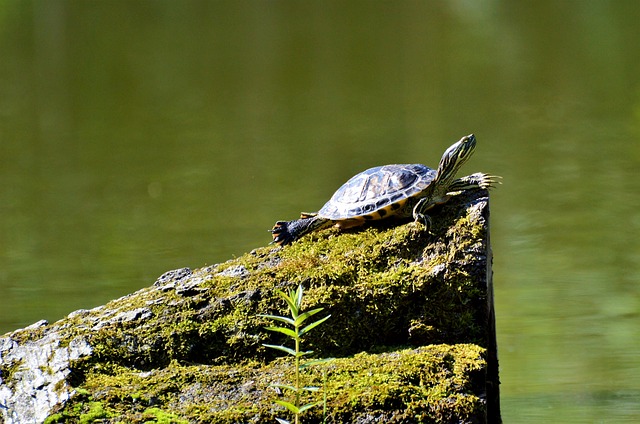12-Jun-20
The Fund takes a long-term strategic approach to re-establish critical habitat and undertake priority recovery actions in South Australia, particularly for threatened and vulnerable species. It has attracted wonderfully generous donations large and small from across Australia and overseas.
The Fund is aimed at a medium to long-term strategic approach to re-establish critical habitat and undertake priority recovery actions for native flora and fauna species in fire impacted areas of South Australia (particularly threatened species).
The Wildlife Recovery Fund Grants program (the Grants program) will support individuals, community groups and other organisations to undertake projects aimed at promoting the medium to long term recovery and increasing resilience of fire impacted habitats, native flora and fauna (particularly threatened species) in South Australia.
Objectives
The Grants program has the following objectives:
- Re-establishment of critical habitat and/or protection of remaining refuge habitat of fire impacted flora and fauna (particularly threatened species).
- Recovery of populations or protection of remaining populations of fire impacted flora and fauna (particularly threatened species).
- Increased body of knowledge regarding recovery of fire impacted habitat, flora and fauna (particularly threatened species).
Funding Information
- Tier 1: $1,000 to $5,000
- Tier 2: $5,000 to $20,000
- Tier 3: $20,000 to $50,000
Timeframe
- Tier 1 funding will be paid 100% upfront, with proof of project completion required by 30 June 2021 and full grant expenditure required by no later than 30 June 2021.
- Tier 2 and Tier 3 funding may be granted to multiple year projects (e.g. 2-3 years), however funding under these tiers will be paid in instalments according to milestones and subject to satisfactory reporting as agreed to by the applicant and Nature Foundation.
Eligibility Criteria
- Tier 1: Landholders (landowners and/or lessees/land managers), groups of landholders, farmers, community groups, schools, not-for-profits, research institutions, and Regional Landscapes Boards.
- Tier 2: Landholders (landowners and/or lessees/land managers), groups of landholders, farmers, Community groups, schools, not-for-profits, and bodies such as Regional Landscapes Boards.
- Tier 3: Relevant community groups, schools, not-forprofits, research institutions, Regional Landscapes Boards, or other organisations with a current ABN, or individuals or organisations which are sponsored by an organisation with a current ABN, and which are proposing to undertake eligible activities.
Assessment Criteria
- Grants program applications will be assessed by a grant assessment panel of suitably qualified staff from the Nature Foundation and the Department for Environment and Water on behalf of the South Australian National parks and Wildlife Service. Grants will be approved by the Nature Foundation Board. While an application may meet the assessment criteria, this does not guarantee that a grant will be awarded, and successful applicants may not receive funding to the full amount requested.
- Priority will be given to projects that:
- Tier 1, 2 and 3
- Detail how they will specifically contribute to achieving the Wildlife Recovery Fund Grants Program objectives (projects aimed at achieving multiple objectives may be given preference).
- Demonstrate linkages to post-fire recovery planning, and benefit flora and fauna (particularly threatened species) and habitat that have been impacted by fires.
- Leverage other funding sources or provide in-kind funding (e.g. fencing funded privately combined with a Wildlife Recovery Fund grant for tube stock, tree guards and weed control).
- Tier 2 and 3
- Have a sound scientific basis and/or will contribute to an improved scientific understanding of fire impacts on flora and fauna (particularly threatened species).
- Provide a high level of value for money based on the scale and impact of the project.
- Encourage Aboriginal engagement in the project and activities.
- Include clear timelines, milestones, and management of potential risks for the proposed project.
- Utilise strategic partnerships and collaborations.
- Demonstrate monitoring and evaluation of the project outcomes will be undertaken.
- Tier 1, 2 and 3
Conditions of Funding
Successful applicants will enter into a grant agreement which may (depending upon the level of the grant) outline:
- key outcomes of project;
- Project and grant payment milestones;
- Monitoring and reporting requirements;
- Data sharing agreement;
- Acknowledgement of grant in any media/promotional materials;
- Sharing of any media/promotional opportunities;
- Process for any project variation and/or extension requests;
- Responsibility for public liability insurance;
- Any other terms and conditions as deemed appropriate
For more information, visit https://naturefoundation.org.au/support-us/wildlife-recovery-fund/wildlife-recovery-grant-program
